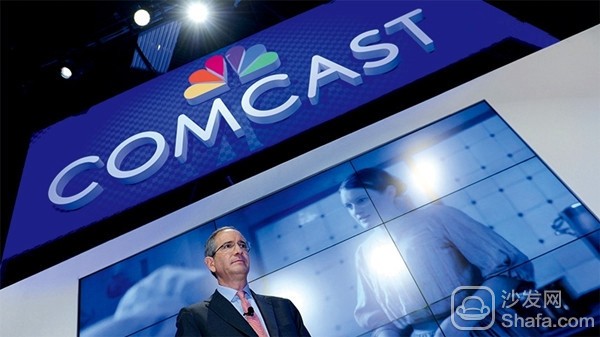
The television industry has undergone tremendous changes in the past decade. More and more online content has started to land on traditional TVs, and video sites such as Netflix and YouTube are also increasingly concerned with television programs. "Programs" are being video-oriented, "TV" is being multi-platformed, and the barriers between traditional television and the Internet are collapsing.
As the pioneer of the blending experience, Comcast, the largest cable TV operator in the United States, is undoubtedly the quickest one to “run†in this offensive: the first to launch the X1 set-top box, an operating platform based on online cloud technology. Fundamentally, Comcast’s desire to “make televisions play like the Internet†has become the first pay TV provider in the United States to forego a $45 billion price tag to annex Time Warner. Once this deal is reached, it will not only be a national event. One-third of residents will give their own television content to it, and Comcast’s share of U.S. broadband users will also increase from the previous 35% to nearly 50%.
Against this backdrop, Comcast Executive Vice President Marcien Jenckes gave his opinions on hot issues such as the video market, television and the Internet when interviewed by foreign media.
Q: How is it found that consumer demand for video is changing?
Jenckes:
In fact, even if time goes backwards a few years ago, our (Comcast) forecast of the future of television will be the same as now. This involves a shift in time: consumers want to see what they can see; it involves a change of location: the user wants to see it anytime, anywhere. At the same time, content sources are also mingling with each other: If you want to see Shi Zheng News in addition to celebrity scandals, why can't you watch the MSNBC broadcast on the same device and watch the lace on YouTube?
It is these ideas that make us realize that personalization will be the future trend. But behind this is that consumers want to "all my own" user experience. What Comcast did was to comply with this trend and try its best to meet their needs.
Q: More and more videos have begun to use the Internet channels. This fear of cannibalization is inevitable. The more you provide users with richer online video content, the more they see, but this approach will also hurt Comcast's existing market, right?
Jenckes:
It can't be wrong to do it on demand. Moreover, for the economic development of the entire industry, you cannot completely clear your responsibilities. If we just think about our own market and leave our Internet partners indifferent, we will not be long. In fact, it was precisely because we decided to put aside ourselves that we could have our huge video content now: Comcast's demand content was only 50,000 hours 3 years ago, but it has now risen to 250,000 hours. We have 0 content from the beginning. More than 60 streaming video broadcasts are now available and should be considered large.
Q: But should food and drink fears not only be in the Internet domain? In particular, such as Comcast voted a lot in the field of cable video transmission, is not afraid of the cause of excessive anxiety because of their own initiatives?
Jenckes:
No, we are not really worried. From establishment to the present, we have always striven to lead the market core, so services and innovation have become the most important. What we have done (acquisition, and encouragement of streaming media) are all actionable. Not quite the same, our answer in the past ten years is still somewhat general, but now our goal is very clear: using cloud technology can enhance the flexibility of cross-platform viewing, video, web, mobile, and family The combination of monitoring and security is what we most want to do today.
Recommended installation sofa butler Download: http://app.shafa.com/
